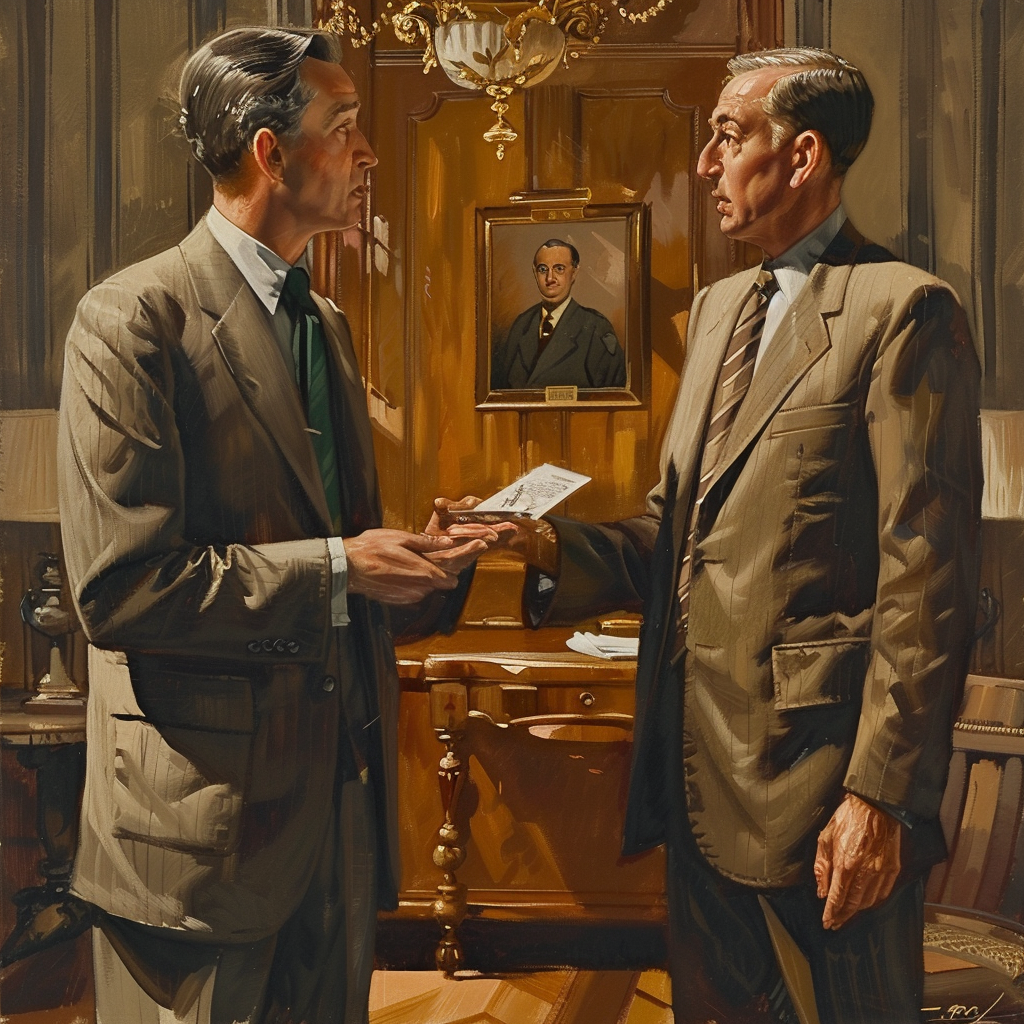One of the features of a long series in a created world is that you have room to build an elaborate and convincing place with a bunch of interesting characters.
One of the drawbacks is that the readers forget it all in each new entry, or are bored by having it explained to them all over again.
Sigh…
I think of this as a sort of virtual set of play properties — all the characters, settings, and props that any show accumulates. They fall into bundles, according to their importance and their relevance for each new performance.
Over there is the stage set of basics for how the world operates: magic rules, technology, environment, laws, customs. They reinforce themselves with each new show, so the full details can get reduced over time, until just the name (e.g., “Discworld”) brings it all to mind, and the props get dustier and less in need of explanatory presentation as the show goes along.
Over here, on the other hand, are the piles of characters, each in its own set. In this bundle, you have the primary heroes, their social penumbra, their families & friends & pets. They’re the most vivid players in your world, and the hardest to forget, so all you need to do is brighten up their costumes and dust their props so they can strut their stuff in each show.
Back in the corner are the walk-ons. The ones that have successfully negotiated their contracts keep returning as longer-term villains, loveable rogues, friendly shop-keepers, pitiable peasants, corrupt politicians, and visiting travelers. The quieter cluster smoking in the back by the costume racks is comprised of the unassigned extras, hoping to get noticed with a bit part. All of these only get repainted as necessary, and there’s always the hope of getting to continue on with the show.
But how is the poor reader to remember all of these bits and pieces, animate and otherwise, without an ever-increasingly fulsome re-cap?
The world rules are self-reinforcing with each new performance, so you can eventually stop pointing them out (and in “real” worlds, a lot of that can just be assumed). Institutions (a mid-point between “world rules” and “characters”) can get filled in as needed (church, government, guilds, military, etc.) But what I worry most about are those continuing characters who don’t make an appearance for each show. When they do turn up, you may need to remind readers all over again about their history in the story, their relationship to the main players, and so forth, using the lightest touch you can to do the job.
Not an easy task, especially when the books in a series may have been published with significant delays between entries.
The temptation (always to be avoided) is to over-explain for continuity, just in case. Doing a better job of implying the past rather than stating it out loud is always desirable. Scatter the reminders as necessary in pieces, with a light hand.
For a master class, I point to C J Cherryh’s Foreigner series.
How do you handle these multi-entry series issues?



Leave a comment